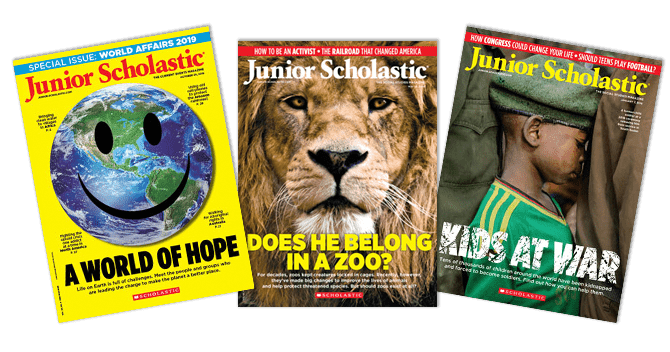Many of my friends have relatives who came to the U.S. seeking asylum, some as undocumented immigrants. Too often, I would hear about their loved ones being arrested.
I took an immigration class at my high school, June Jordan School for Equity in San Francisco. My friends and I loved it so much that we turned it into a club. We attended court hearings to support asylum seekers.
Last spring, we heard about Hamid,* a teen from Afghanistan who came to the U.S. seeking asylum. He had fled after militant groups killed his father and brother. He believed he was 16 or 17—but didn’t have a birth certificate to prove it. When Hamid first reached the U.S., officials treated him as a minor. But after examining his teeth, they decided he might be 18 and moved him into an adult detention center for months. My friends and I knew we had to help.
CONTACTING OUR SENATOR
We wrote a letter to one of our U.S. senators, Kamala Harris, pleading for her assistance. Students at nearly every school in San Francisco signed it. The petition convinced Harris’s staff to meet with us. That helped raise awareness.
We also traveled five hours to the detention center. It felt like a jail. We got to see Hamid for 15 minutes. Through a translator, he told us he was scared. He was in tears. He had no contact with his family. Often, he ate only bread. Most of the food served there was forbidden by his faith.
Hamid should have been in school like us, not locked away like a criminal. That made me even more determined to help him.
FREEING HAMID
We made a video to raise money for Hamid’s $35,000 bail. Donations poured in from across the country. After many weeks, we had enough.
The day after Hamid got out, we met him at a park. We wanted him to see what life is like here. Even though we didn’t have a translator, we understood each other without words.
MY MISSION
I still keep in touch with Hamid. Today, he is attending a U.S. school while his asylum case is being decided. My work isn’t done, though. I hear about kids crying because their immigrant parents got detained. I’m going to help them too.
by Jacob Castillo, as told to Laura Anastasia















